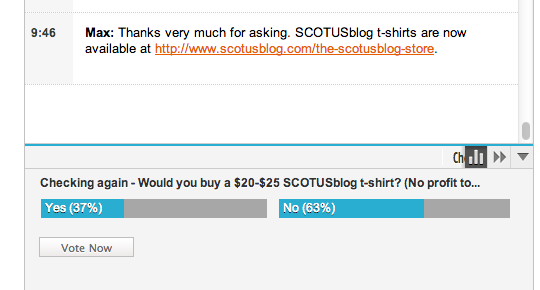First, in Arizona v. Inter Tribal Council of Ariz., Inc.
Prior to the Constitution’s ratification, the phrase “manner of election” was commonly used in England, Scotland, Ireland, and North America to describe the entire election process. Natelson, The Original Scope of the Congressional Power to Regulate Elections, 13 U. Pa. J. Constitutional L. 1, 10–18 (2010) (citing examples).
Second, in Adoptive Couple v. Baby Girl (passim):
The reference to “other constitutional authority” is not illuminating, and I am aware of no other enumerated power that could even arguably support Congress’ intrusion into this area of traditional state authority. See Fletcher, The Supreme Court and Federal Indian Policy, 85 Neb. L. Rev. 121, 137 (2006) (“As a matter of federal constitutional law, the Indian Commerce Clause grants Congress the only explicit constitutional authority to deal with Indian tribes”); Natelson, The Original Understanding of the Indian Commerce Clause, 85 Denver U. L. Rev. 201, 210 (2007) (hereinafter Natelson) (evaluating, and rejecting, other potential sources of authority supporting congressional power over Indians).
These look to be Bob’s only citations. Well done!
